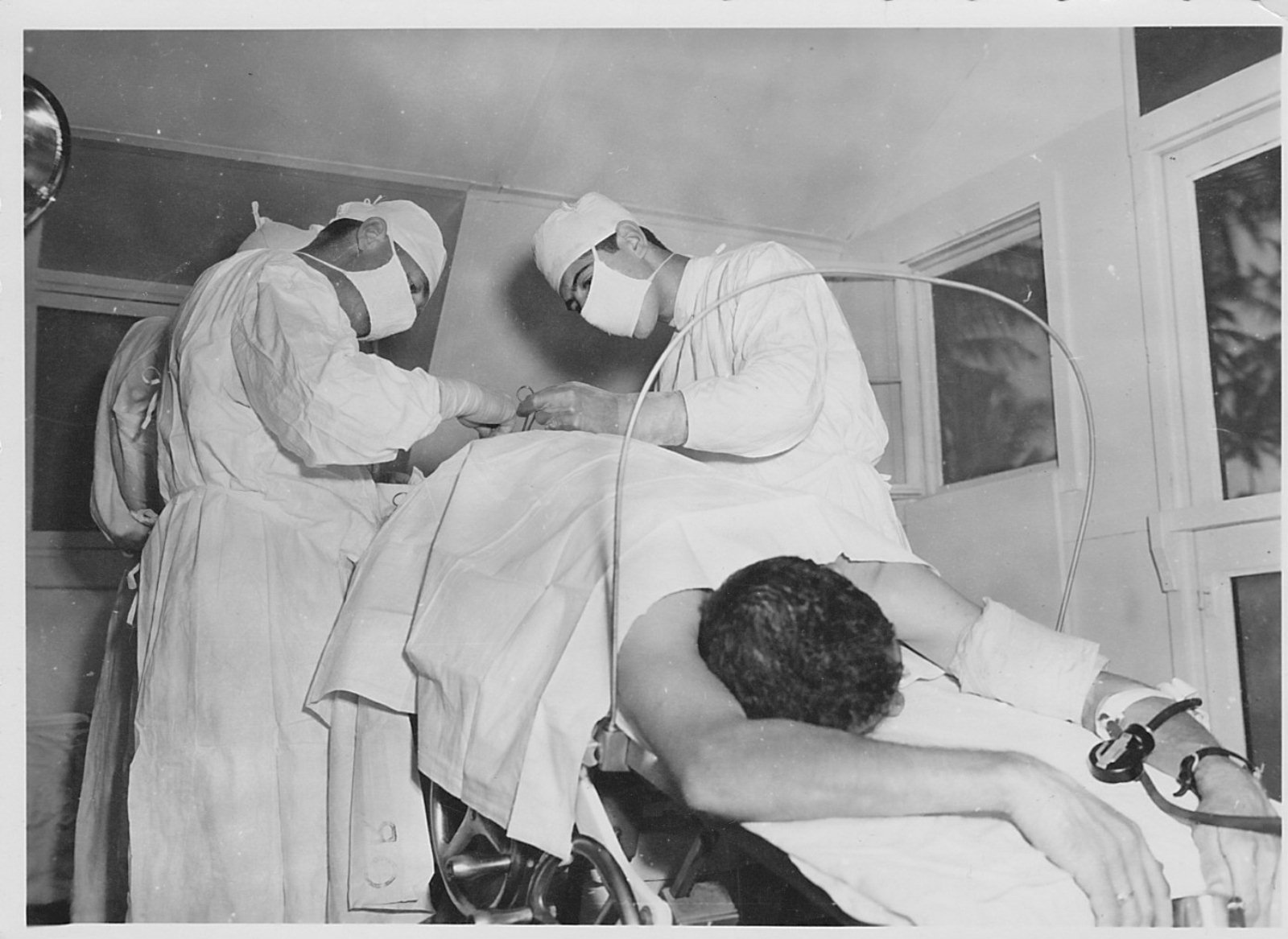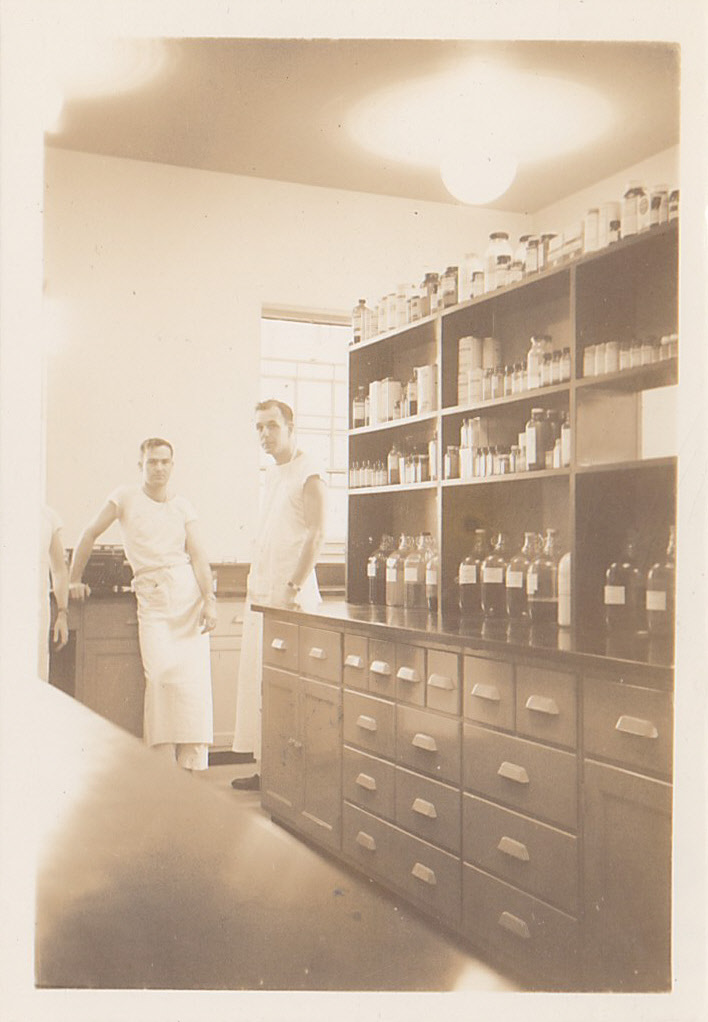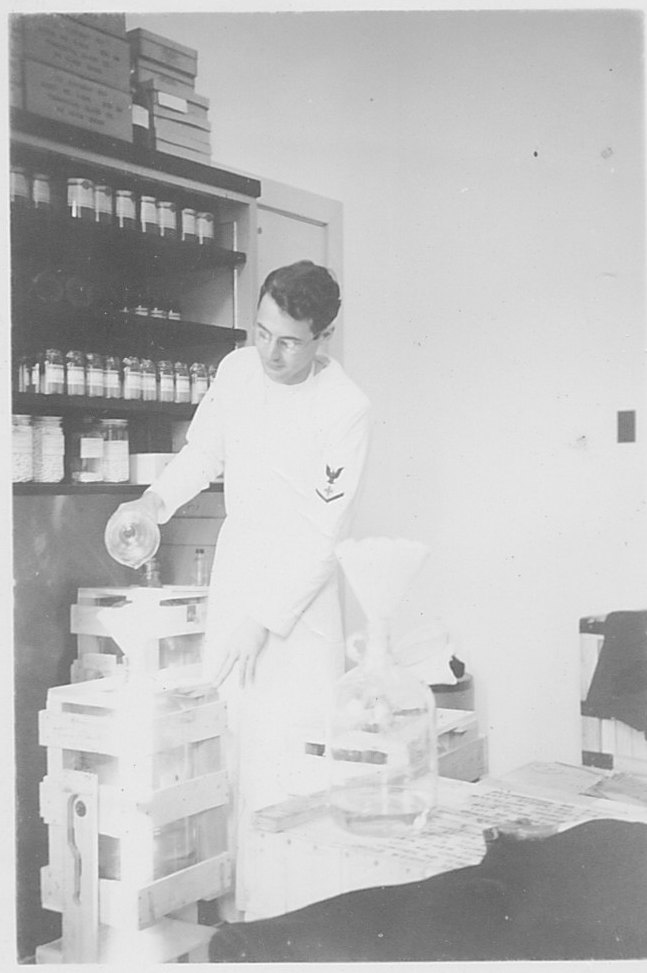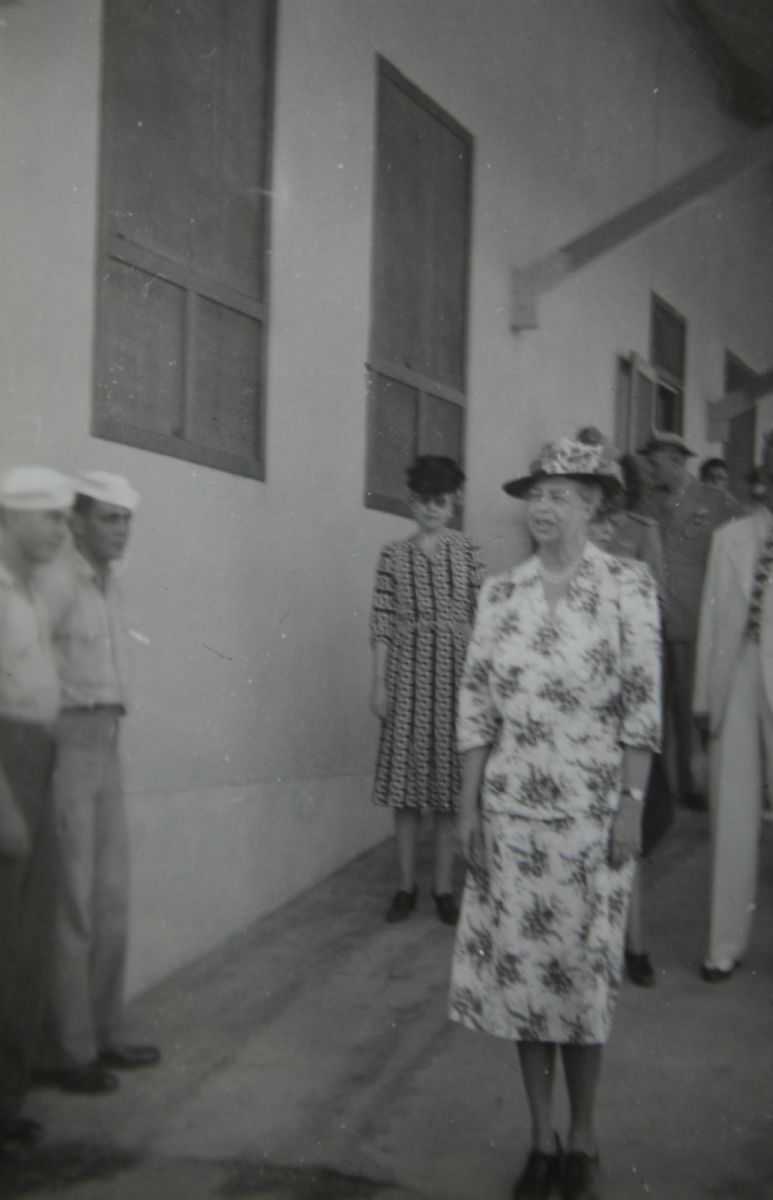CAMP INGRAM RECIFE *
3)KNOX FIELD HOSPITAL

Above, the list of buildings erected at Knox Field Hospital.
Medical service for U.S. military and civilian personnel was furnished by four station hospitals—the 193d at Val de Cans Field near Belém, the 194th at Parnamirim Field near Natal, the 175th on Ascension Island, and the 200th at Recife. In addition to providing hospital service for the Armed Forces in their areas, these hospitals also accommodated air evacuation patients en route to the United States.
The 175th received several victims of sea disasters during the period of submarine activity. The 200th Station Hospital served as the theater hospital, providing medical service for troops in the Recife area and for transient U.S. Army personnel, U.S. merchant marines, U.S. nationals, dependents of U.S. military personnel, U.S. Navy personnel, and for Brazilian civilians employed by the War Department. Patients were received from all other medical installations in the command when prolonged hospitalization or ultimate evacuation to the United States was recommended.
They were evacuated by both air and sea. For practical purposes, the 200th Station Hospital furnished definitive treatment similar to that offered by any general hospital. Chiefs of sections and specialists on duty there were available through the theater surgeon’s office for consultation throughout the theater, including Rio de Janeiro and Ascension Island. In addition, medical consultation service was rendered outside the theater in Montevideo and Asunción.
Medical laboratory service. To meet the growing need for laboratory service within the command, a laboratory officer was requisitioned from the Air Transport Command before activation of the South Atlantic Theater. This officer arrived on 6 January 1943 and immediately began setting up a laboratory service for the command; as an additional duty, he acted as theater laboratory officer and epidemiologist.
The laboratory was established at Ibura Field, physically attached to the 200th Station Hospital but under the direct supervision of the theater surgeon’s office. In April 1944, it was designated as the theater medical laboratory and also the histopathologic center for the theater.
Medical Corps and the U.S. Navy Medical Corps. Cooperative efforts were most important in control of sexual deseases. Prophylactic stations were operated jointly in the cities. Where possible, the service which required the greater use of the installation furnished the medical personnel and equipment for all U.S. Armed Forces personnel present. Assistance in venereal control was rendered by Brazilian Federal, State and city health agencies, principally at Belém, Natal, and Recife.

The picture shows the visit of Frank Knox, secretary of the Navy to open the 200th US Army hospital at Piedade beach some 10 miles south of Recife. The hospital was a very important facility for US military in operation in south Atlantic.
The Brazilian Army adopted some modifications of the method of treatment of sexual diseases as prescribed by The Surgeon General, U.S. Army. The Army Medical Department from the very onset furnished medical service to survivors of sea disasters, particularly at Ascension Island. Medical service was provided from time to time to U.S. Navy and merchant marine personnel and to Royal Air Force and other Allied services personnel.
In 1943, a group of German prisoners of war under U.S. Navy jurisdiction were quartered at the U.S. Army dispensary at Ibura Field before transfer to the United States. Also, medical service occasionally was furnished to personnel of contract carriers—namely, Pan American World Airways, American Airlines, Trans world Airlines, and American Export Lines—and to members of the U.S. Rubber Development Corp. at Belém.


Above, panoramic view of the Knox Field Hospital and its 13 Quonset huts.

Detail of a surgery in one American sailor at Knox Field hospital in 1944. Photo kindly sent by Kelly Sutkamp.

Lab technicians working at Knox Field Hospital. Picture by Kelly Sutkamp.


Both pictures shows the Staff people at work at Knox Field Hospital. Photos by Kelly Sutkamp.

Mrs. Eleanor Roosevelt seen during the visit to 200th Hospital at Recife circa 1943. Photo by Kelly Sutkamp.

Mrs. Roosevelt seen with a staff officer at the main gate of 200th Station Hospital at Recife. Photo kindly sent by Kelly Sutkamp.
The 200th Station Hospital served as the theater hospital, providing medical service for troops in the Recife area and for transient U.S. Army personnel, U.S. merchant marines, U.S. nationals, dependents of U.S. military personnel, U.S. Navy personnel, and for Brazilian civilians employed by the War Department. Patients were received from all other medical installations in the command when prolonged hospitalization or ultimate evacuation to the United States was recommended.
They were evacuated by both air and sea. For practical purposes, the 200th Station Hospital furnished definitive treatment similar to that offered by any general hospital. Chiefs of sections and specialists on duty there were available through the theater surgeon’s office for consultation throughout the theater, including Rio de Janeiro and Ascension Island. In addition, medical consultation service was rendered outside the theater in Montevideo and Asunción, Paraguay.
Select nao autorizado. You have an error in your SQL syntax; check the manual that corresponds to your MySQL server version for the right syntax to use near 'and a.id <> 212 order by ordem asc' at line 1